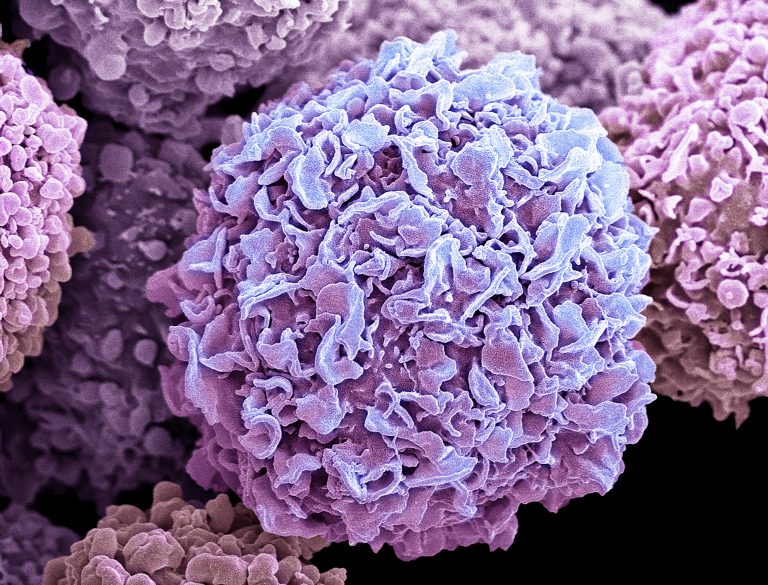
Using a combination of proteomic analyses and DNA and RNA sequencing to profile breast cancer tumors could lead to more effective, tailored treatment, suggests research.
The study, led by the Broad Institute of Massachusetts Institute of Technology and Baylor College of Medicine, also revealed potential new drug targets and shed light on cellular mechanisms that could be causing drug resistance in these patients.
“We believe that proteogenomics approaches will continue to help us to identify new candidate therapeutic targets, better understand the immune landscape of breast and other cancers, gain insights into response and resistance, and ultimate progress toward our goal of personalized cancer care,” said Michael Gillette, M.D., Ph.D., a physician at Massachusetts General Hospital and senior researcher at the Broad Institute, who co-led the research.
Although both proteomic and genomic analyses are not uncommon in cancer research, combining the two is less common. Gillette and team aimed to provide a much more detailed picture of the tumors and their susceptibilities by combining both methods into a proteogenomic approach.
The researchers used a combination of mass spectrometry-based proteomics and DNA and RNA sequencing to characterize 122 breast cancer tumor samples taken from patients that had not yet undergone treatment.
“Importantly, our analysis included identification of phosphorylation and acetylation, protein modifications that reveal information about the activity of individual proteins. Protein acetylation had not been profiled in breast cancer before,” said co-lead researcher and co-corresponding author on the Cell paper describing the research, Matthew Ellis, M.D., Ph.D. Ellis is an oncologist and professor at Baylor College of Medicine’s Lester and Sue Smith Breast Center.
The study generated large amounts of data requiring advanced computer analysis. This included 38,000 protein phosphorylation sites and almost 10,000 protein acetylation sites per tumor, which revealed potential new drug targets. For example, the team identified associations between tumor suppressor loss and potentially targetable kinases from protein phosphorylation data.
The study provided detailed information about activity of the ERBB2 gene, an oncogene often amplified in aggressive breast cancer; and the status of the RB tumor suppressor, which can indicate how likely CDK4/6 inhibitor drugs are to succeed. It also uncovered a subgroup of estrogen receptor-positive tumors that could be treated with immune checkpoint inhibitors, thus expanding the number of patients that can be treated with these drugs.
“We describe here proteogenomic characterization of the largest set to date of breast cancer samples that were purposefully collected for these types of analyses, maximizing the fidelity and accuracy of the results,” noted Ellis.
“Each tumor cell has literally hundreds of genomic changes. Mostly we don’t understand their significance either clinically or biologically. The approach we illustrate enables a deeper and more complete understanding of each individual’s breast cancer.”











